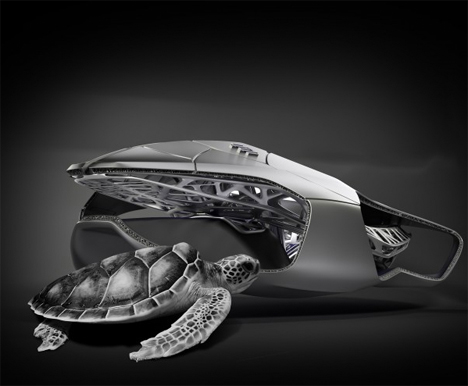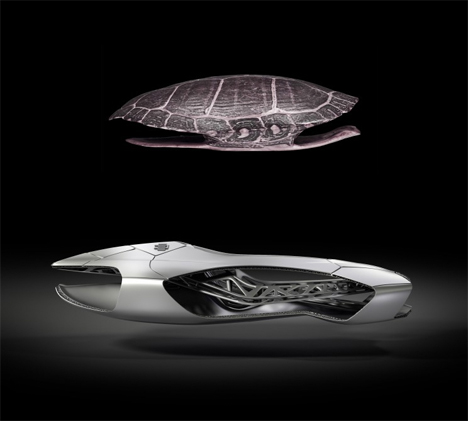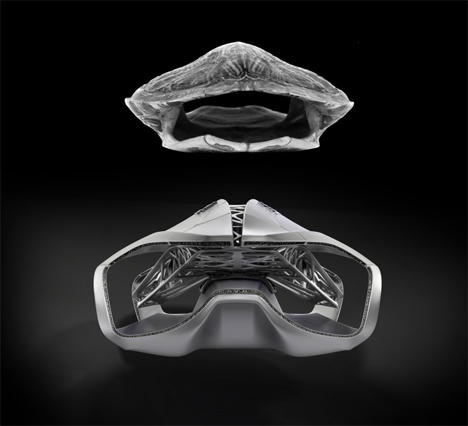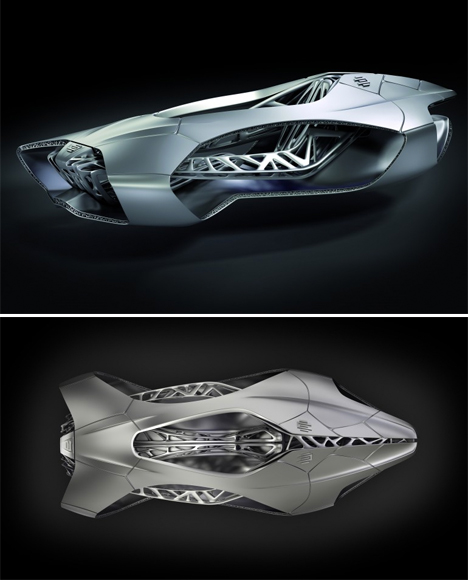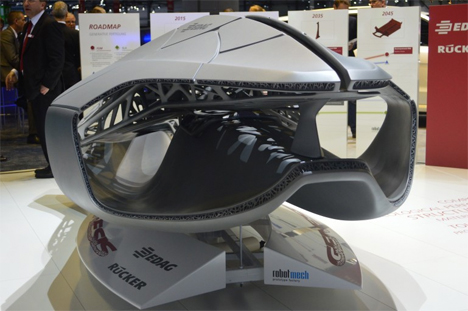3D printing enables the body of a car to be more complex than ever, yet fairly quick and economical to produce. EDAG, the world’s largest engineering consultant to the automobile industry, has revealed an incredibly intricate model inspired by the biomechanics of a turtle shell. The Genesis represents the possibilities that the world of 3D printing is opening up for the future of the industry.
Automotive panels and parts are currently cut, punched, molded and tooled out of sheets of metal, fiberglass or composite materials. Additive 3D printing changes the game, with shapes built one tiny particle at a time, enabling an unprecedented level of precision.
The Genesis is made from thermoplastic carbon fiber, laid down layer-by-layer by computer-controlled robots for a result that’s extremely flexible and strong, yet lightweight. This process also cuts down on material waste. EDAG produced a 3D printed scale model to give us an idea of what it would look like full size.
As of yet, the Genesis is still a concept, really just intended to demonstrate the capabilities of 3D printing in the automotive industry. But the Urbee 2 is an example of a 3D-printed vehicle that’s actually road-tested and nearly ready for mass production. This compact, lightweight 3-wheel design gets 290 miles per gallon fuel efficiency thanks to its incredibly aerodynamic chassis.
